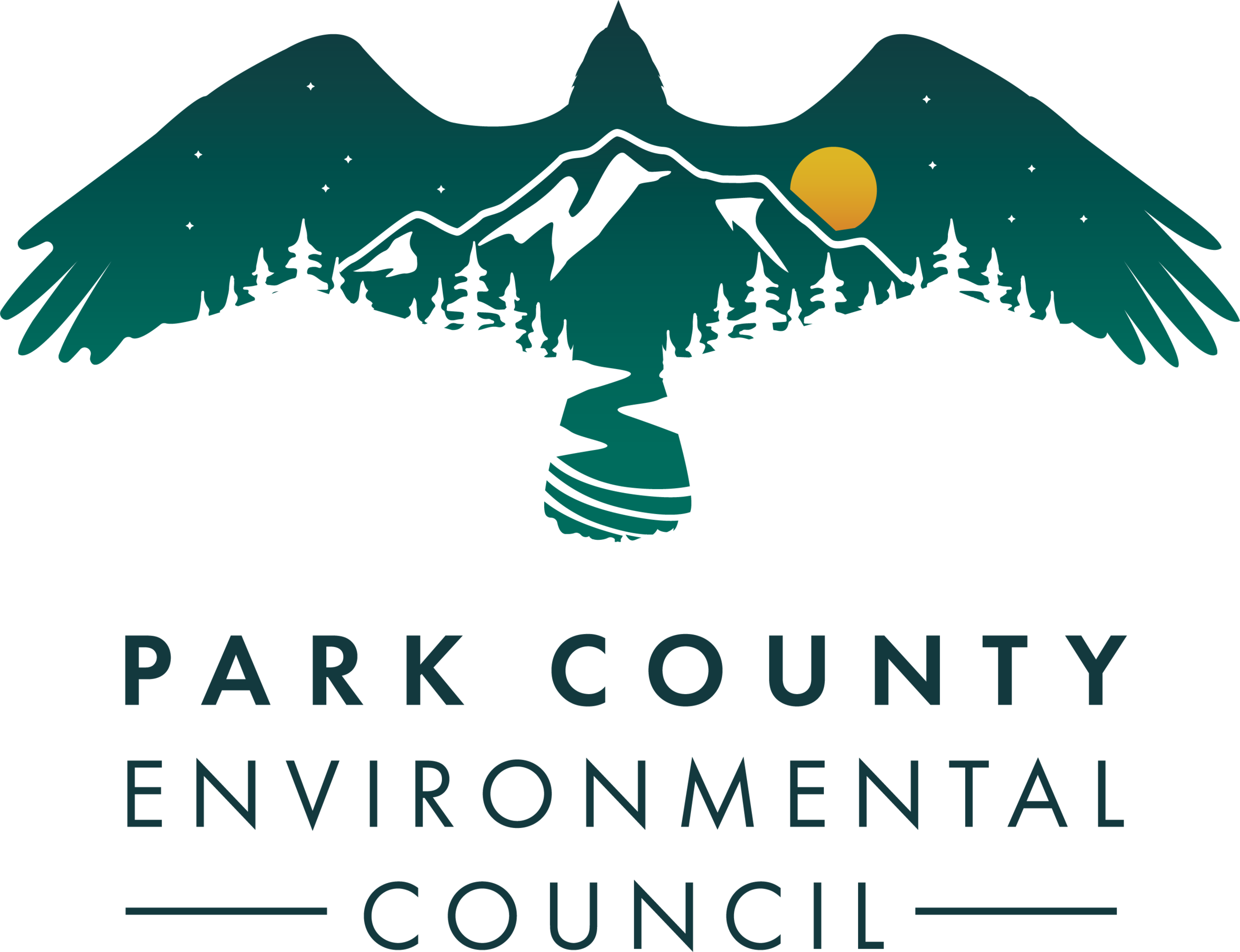Paving the way for urban sprawl
Livingston’s growth policy needs to reject urban sprawl.
You know it when you see it. Homes and commercial centers connected by asphalt deserts built for cars (but not people), isolated neighborhoods instead of a connected community. This is the foundation of urban sprawl.
Sprawl and the automobile go hand in hand. To connect your sprawling community, cars are essential to get from place to place. Sprawl creates a dependency on vehicles and the cost of owning and maintaining a car. Need a carton of milk? Going to school? The gym? Post office? Church? Visiting a friend? Restaurant? You’re going to have to get in a car.
Urban sprawl has these characteristics: Low-density, single family dwellings; automobile dependency even for short trips; spiraling growth outward from existing urban centers; leapfrogging patterns of development; strip development; and an undefined edge between urban and rural areas. And sprawl has social, economic, environmental and health costs. We all want taxpayer dollars to be used wisely and we should want to promote overall community health.
In the old days, before cars, communities were developed more efficiently to accommodate a simpler time when day-to-day living was made possible by shorter trips. In Livingston’s older neighborhoods, we are able to walk places. Compact development helps us negotiate life’s daily demands and needs. Compact development is more cost effective and can lead to increased property tax revenue. Compact development reduces our carbon footprint, increases green spaces, and can improve our quality of life. Compact mixed-use development can ensure all income groups have quality housing in a quality neighborhood.
Communities across the country are making the choice to develop new neighborhoods with old-fashion or traditional-type development patterns.
In summary, spending a lot of time isolated in our cars and suburban homes diminishes social contact, affecting our mental and physical health. Sprawl can degrade our natural systems, the air, clean water and wildlife habitat we all appreciate. Sprawl can take precious tax dollars and resources from existing neighborhoods and places like Livingston’s historic downtown. Sprawl can also transform farmland into housing developments and big box stores, while pushing out small businesses.
It behooves us all to understand the immediate and future costs of development and to advocate before our city leaders for something different. Sprawl is not inevitable. It is time to write letters, attend planning board and city commission meetings (virtually or safely masked) and influence the future of our community.
Livingston’s growth policy or any other important city policies like the ongoing railroad crossing discussion should not promote urban sprawl.
The city is currently requesting input on the railroad crossing through July 31. Your voice is important. Make sure you are heard.
Email your commissioners: citycommission@livingstonmontana.org

